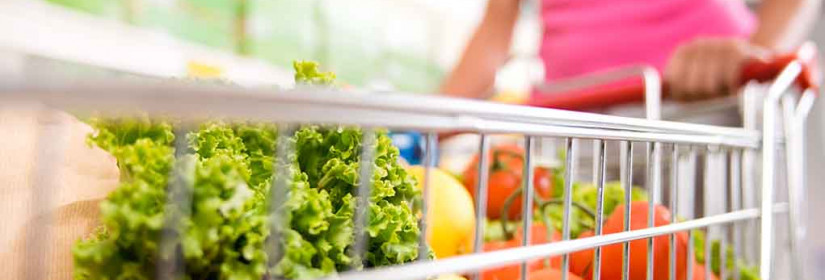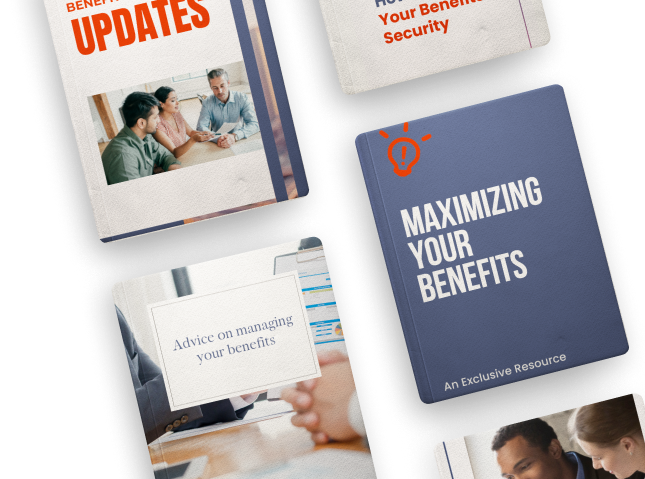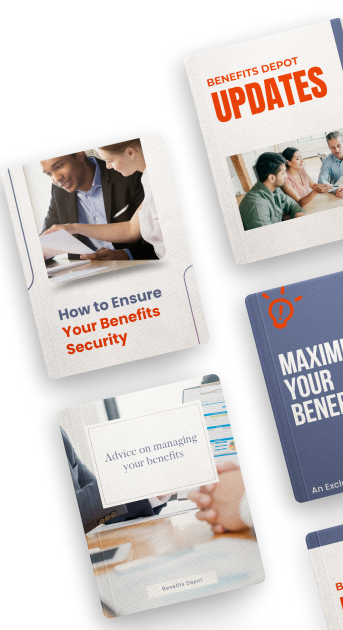SNAP Benefits 2025: Who Qualifies for Food Assistance—From Students to $3,000-a-Month Earners

With inflation pushing food prices higher, more Americans—including students and moderate-income earners, are wondering if they qualify for SNAP benefits (formerly known as food stamps) in 2025.
As grocery bills rise and cost-of-living pressures mount, the need for support programs like SNAP is stronger than ever.
But how do you know if you’re eligible—especially if you’re earning around $3,000 a month or enrolled in school full-time?
Here’s a breakdown of what SNAP requires in 2025 and how to know if you (or someone in your household) can qualify.
How SNAP Works in 2025?
SNAP is administered nationally by the USDA Food and Nutrition Service, but eligibility and benefits are managed through state agencies.
If approved, recipients get a monthly deposit on an EBT (Electronic Benefits Transfer) card to buy groceries at approved retailers.
To qualify, most people must meet income limits and a few additional criteria, especially if they’re students or earning a higher monthly income.
General Income Eligibility for SNAP in 2025
Most households must pass two tests:
-
Gross Income (before deductions)
-
Net Income (after approved deductions)
For 2025, gross income must be at or below 130% of the Federal Poverty Line (FPL). Here's the income cap for each household size:
-
1 person: $1,632
-
2 people: $2,215
-
3 people: $2,798
-
4 people: $3,380
-
5 people: $3,963
-
6 people: $4,546
-
7 people: $5,129
-
8 people: $5,712
-
Each additional person: Add $583
These limits apply to the 48 contiguous states and D.C. (Alaska and Hawaii have higher limits.)
Can You Qualify if You Earn $3,000 a Month?
If your gross monthly income is $3,000, your eligibility depends on household size:
-
You likely won’t qualify if your household is 1–3 people
-
You may qualify with a household of 4 or more, especially if deductions bring your net income below the limit
You may also qualify through categorical eligibility if your household receives other public assistance like Temporary Assistance for Needy Families (TANF) or Supplemental Security Income (SSI)
SNAP Eligibility Rules for Students in 2025
Students enrolled more than half-time at college, university, technical, or vocational school face a few extra hoops.
In addition to standard SNAP income limits, they must meet at least one of the following exemptions:
-
Under age 18 or over 50
-
Have a physical or mental disability
-
Work 20+ hours/week (or earn equivalent self-employed income)
-
Participate in a state/federal work-study program
-
Enrolled in on-the-job training
-
Care for a child under 6 years old
-
Care for a child aged 6–11 without available childcare
-
Are a single full-time student parent with a child under 12
-
Receive TANF benefits
-
Enrolled through qualifying programs like:
Even if a student meets one of these exemptions, they must still qualify under income and asset limits to receive benefits.
Final Thoughts
As tariffs, inflation, and housing costs keep climbing in 2025, SNAP offers a critical safety net for families, working adults, and students alike.
Read: Understanding Tariffs: What They Mean for You and How to Navigate the Impact
If you’ve been hesitant to apply—thinking you earn too much or that students don’t qualify—it may be time to take a second look.
Your state’s SNAP office or online eligibility tools can help you figure it out.
A few hundred dollars a month could make all the difference when budgets are stretched thin.
-
Don't miss out on general benefits information!
Subscribe for the latest updates, expert advice, and valuable tips to help you maximize your benefits and financial well-being.
Stay informed—sign up now!












